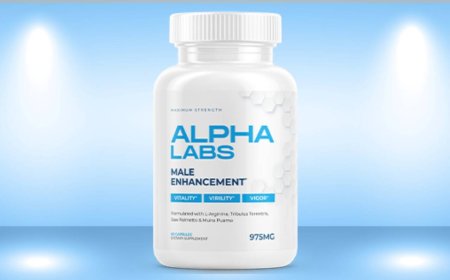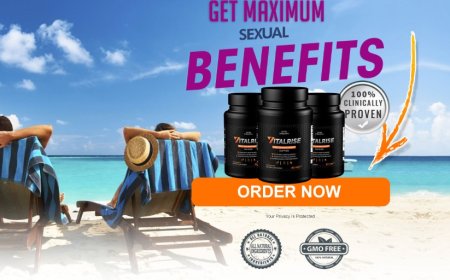Copper Cable Lugs in Renewable Energy Systems: Key Considerations
Explore the essential considerations for selecting and using copper cable lugs in renewable energy systems to ensure efficient, durable, and safe electrical connections.
As renewable energy systems, such as solar and wind, become increasingly popular, the need for reliable electrical connections in these setups grows. Copper cable lugs play a vital role in connecting cables securely within renewable energy systems, ensuring efficient current flow and minimizing resistance. However, the unique demands of renewable installations require careful consideration when selecting the appropriate copper cable lugs. In this guide, we’ll explore the key factors to consider when using copper cable lugs in renewable energy systems to maintain safe, efficient, and long-lasting connections.
1. Why Copper Cable Lugs Are Essential in Renewable Energy Systems
Copper cable lugs provide secure connections between conductors and power components, offering high conductivity and resistance to wear. In renewable energy systems, these lugs are crucial for:
- Efficient Power Transmission: Copper lugs ensure minimal resistance, maximizing the efficiency of current flow, which is especially vital for systems where energy loss needs to be minimized.
- Safety and Stability: By securing connections, copper lugs prevent loose or faulty connections, which could lead to system downtime or even fire hazards.
2. Choosing the Right Lug Size and Type for Renewable Energy Systems
Renewable energy systems often involve varying current loads and environmental conditions. Selecting the right size and type of copper lug can make a significant difference in system performance.
- Size Compatibility: Ensure that the lug size matches the conductor size to maintain a secure, low-resistance connection. For large-scale installations, larger lugs may be required to handle higher current loads.
- Type of Lug: Compression and soldered copper lugs are common. For renewable systems, compression lugs are generally preferred due to ease of installation, especially in environments where soldering might not be feasible.
3. Corrosion Resistance and Environmental Considerations
Renewable energy installations are often exposed to harsh outdoor conditions, including UV radiation, humidity, and salt in coastal environments. Copper cable lugs must be resilient to these factors to maintain long-term durability.
- Plating or Coating Options: Choose lugs with additional coatings, such as tin plating, which can protect against corrosion in marine or high-humidity environments.
- Environmental Sealing: In highly exposed installations, consider using lugs with weather-resistant insulation or heat-shrink tubing to protect connections from moisture and dust.
4. Current Carrying Capacity and Thermal Management
Renewable energy systems often operate at higher currents, especially during peak production hours. The current-carrying capacity and thermal management of copper lugs are critical to prevent overheating or energy loss.
- Check Current Ratings: Each lug should be rated for the maximum current it will carry within the system. Oversized lugs are sometimes necessary to accommodate high power outputs, such as those from solar inverters.
- Thermal Expansion: Copper expands under heat, so selecting lugs that can withstand the thermal cycling common in renewable systems will reduce the risk of loose connections.
5. Installation and Maintenance Best Practices
Proper installation and regular maintenance are essential for ensuring the longevity and effectiveness of copper cable lugs in renewable energy systems.
- Torque Specifications: Over-tightening or under-tightening can compromise the integrity of the connection. Follow manufacturer torque guidelines to ensure secure connections without damaging the lug.
- Regular Inspections: Renewable energy installations should be inspected periodically, as environmental wear can loosen connections or cause corrosion over time. Checking for signs of wear or damage can prevent costly repairs and system downtime.
6. Addressing Vibration and Mechanical Stress
Wind turbines and some solar panel systems can be subjected to vibrations and mechanical stresses, which can affect cable connections over time.
- Use High-Tensile Copper Lugs: Lugs designed with high tensile strength can withstand vibration and movement without loosening.
- Secure Mounting and Insulation: Ensure that lugs are securely mounted and insulated to prevent wear due to mechanical stress, which is common in rotating systems like wind turbines.
7. Compliance with Renewable Energy Standards
Many renewable energy systems must adhere to specific industry standards for safety and performance. Ensure that the selected copper cable lugs comply with relevant standards:
- UL or IEC Certification: Look for lugs that are UL or IEC certified for use in renewable energy applications, as these certifications ensure that the lugs meet established safety and performance benchmarks.
- System Voltage Ratings: Check that the lugs match the system’s voltage requirements, especially in high-voltage applications like wind turbines, where improper voltage ratings could lead to connection failure.
8. Cost-Efficiency and Long-Term Durability
Although copper cable lugs may come at a premium, their durability and efficiency make them a worthwhile investment in renewable energy systems.
- Reduced Downtime Costs: Investing in high-quality copper lugs can prevent downtime and the associated costs of repairs or replacements due to failed connections.
- Extended System Lifespan: Properly selected and installed copper cable lugs contribute to a longer lifespan for renewable energy systems, reducing the need for frequent replacements.
Conclusion
Copper cable lugs are vital components in renewable energy systems, providing reliable, efficient, and safe connections. By considering factors such as environmental exposure, current-carrying capacity, thermal management, and compliance with industry standards, you can select the right lugs that ensure the long-term performance and safety of your system. With the proper copper lugs, renewable energy installations can achieve optimal efficiency, durability, and reliability, supporting the move toward sustainable energy solutions.
What's Your Reaction?























